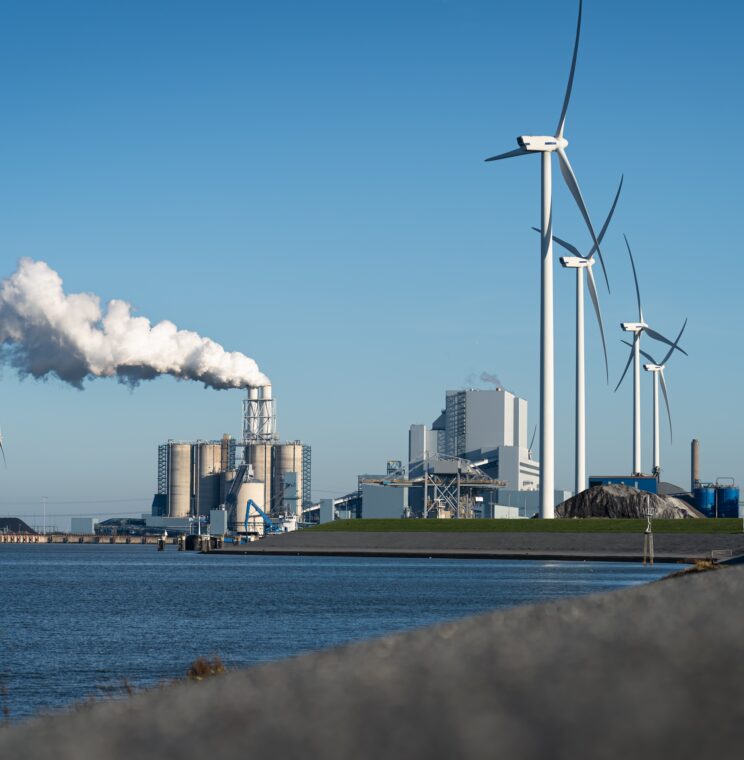Targeted indicators for the EU to track and progress its journey to a circular economy
The transition to a circular economy is vital to achieve environmental sustainability, climate neutrality, and economic resilience in the European Union (EU). Unlike the traditional linear model of production and consumption, a circular economy seeks to minimise waste, optimise resource use, and restore natural systems. This shift requires systemic change across households, cities, industries and public authorities. To support the EU in this transition, we developed and tested improved indicators to better track progress and guide policy.
Background
While existing EU frameworks such as the Circular Economy Action Plan (CEAP) and the Circular Economy Monitoring Framework provide a solid foundation, significant gaps remain in sector-specific data, indicator detail, and alignment with high-priority R-strategies like Refuse, Rethink, Reuse.
To address these gaps, the European Commission (DG RTD), launched a two-year project led by Ricardo together with Norion, IEEP and Ecorys. The goal of this project was to identify, test, and recommend new indicators that better capture circularity at macro, meso and micro levels across 11 key policy themes. The report presents the findings and recommendations of this project, supporting the European Commission’s efforts to enhance policy and innovation through robust, data-driven monitoring tools.
Key findings
By assessing macro (international and EU-level), meso (regional and sectoral), and micro (company and household-level) implementation scales, the study developed tailored indicator suites for 11 focus areas across multiple economic levels:
- Bioeconomy, Product-Service Systems (PSS), Cities and Regions, Households, Electronics & ICT, Batteries & Vehicles, Packaging, Plastics, Textiles, Construction & Buildings, andFood, Water & Nutrients.
The development of indicators aimed to address policy and data gaps, including:
- Many EU policies focus on end-of-life stages (e.g., recycling) rather than upstream phases like design and production.
- Gaps were identified in tracking higher-order R-strategies (Refuse, Rethink, Reduce) and in sectors like textiles, bioeconomy (fertilisers/proteins), and PSS.
- Data availability and consistency were major challenges, especially at regional and company levels.
The tested indicators complement and enhance the Interaction with the Circular Economy Monitoring Framework (CEMF) by offering more granular, sector-specific insights. In particular, the indicators address gaps in CEMF such as lack of sub-national data and insufficient tracking of reuse, repair, and product lifecycle metrics.
The project has offered a blueprint for future policy initiatives, identifying both existing gaps and practical ways to fill them. The indicators and toolkit are now available to support support EU institutions, national governments, regional bodies, and sector organisations in designing, implementing and monitoring more targeted and informed circularity policies.
Want to know more? Download the full report and indicator assessment toolkit here:
- Final Study of the research project “New indicators measuring transition to circularity”.
- Policy Brief of the research project “New indicators measuring transition to circularity”.
- Research project enhances toolkit to monitor the transition to a more circular economy – European Commission.

15 July 2025
2 minute read
Sectors
Key Experts
Clara van den Berg
Consultant
Yoeri Dijkhof
Senior Consultant



